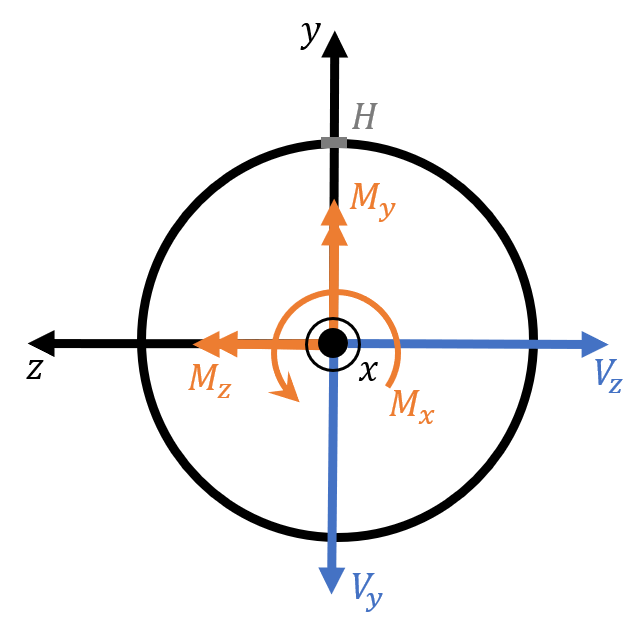


The multiplicative inverse of an infinitesimal is infinite, and we usually denote by, so that. One of the axioms used to define the hyperreals is that there exists (at least) one infinitesimal number. The system of hyperreal numbers, denoted, contains all the real numbers and also infinitesimal numbers and infinite numbers. In the 1960s, Abraham Robinson showed that the familiar system of real numbers can be extended to a (much) larger set called the hyperreals. The – formalism has been a source of strife for generations of students of mathematics. We can then define the derivative of a function in the familiar way: In the – formalism, limits are defined by something like this: the limit of a sequence is iff, for any positive, however small, we can find a number such that, for we have. In the 1800s, Bolzano, Cauchy and Weierstrass developed the – definition of limits and continuity, which allowed derivatives and integrals to be defined without recourse to infinitesimal quantities. The Irish bishop George Berkeley criticised the assumptions underlying calculus, and his objections were not properly addressed for several centuries. Leibniz made liberal use of infinitesimals, with great effect, but his reasoning was felt to lack rigour. Following the invention of calculus, serious concerns persisted about the mathematical integrity of the method of infinitesimals.


 0 kommentar(er)
0 kommentar(er)
